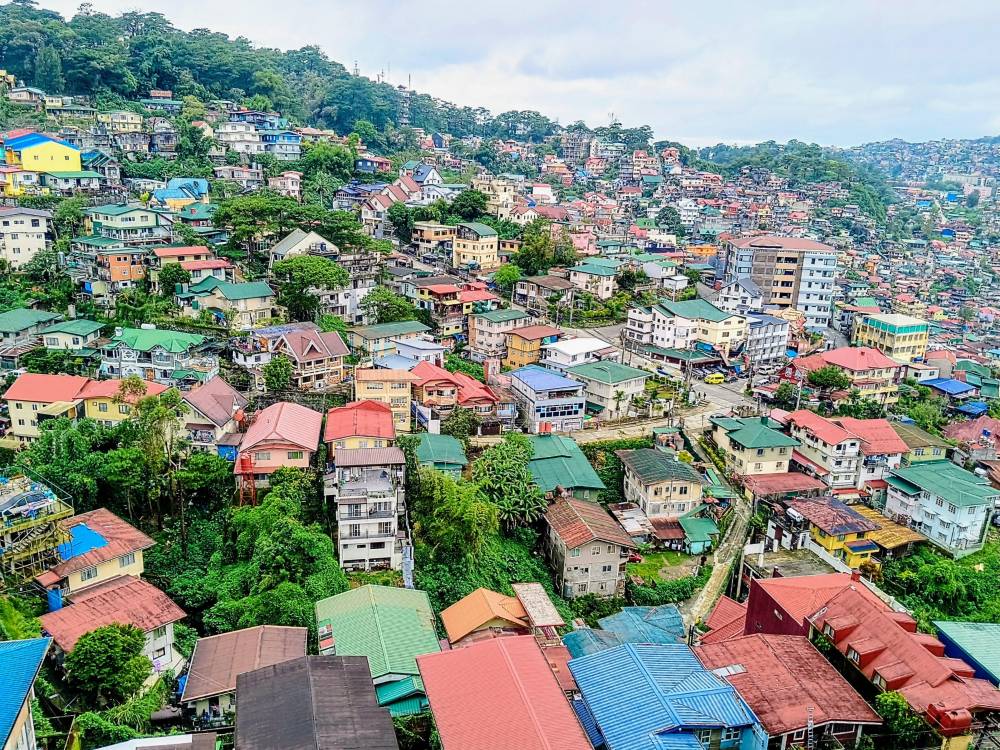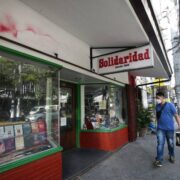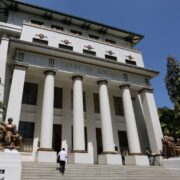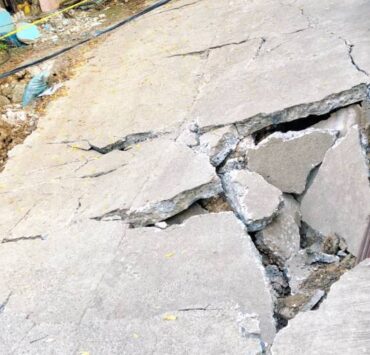Cheap food, utility costs keep Cordillera inflation steady–PSA

BAGUIO CITY—Relatively cheap food, including rice and utility costs, kept inflation steady for two consecutive months in the vegetable-growing highlands of the Cordillera, which posted a 2.2-percent inflation rate in both August and September, the Philippine Statistics Authority (PSA) said on Monday.
Aldrin Federico Bahit Jr., PSA chief statistician for the Cordillera, said the most notable trend was the continued deflation—or negative inflation rate—in the interior provinces of Abra and Kalinga, which are among the region’s main rice producers.
Abra recorded a -0.4 percent inflation in September from -0.1 percent in August, while Kalinga’s rate dropped further to -0.5 percent in September from -0.4 percent in the previous month.
Baguio City, the region’s highly urbanized hub, saw its inflation ease to 3.5 percent in September from 4.6 percent in August, said Imelda Buyuccan, PSA Benguet chief statistical specialist.
Despite the decline, the city continued to post the highest inflation rate in the Cordillera, also composed of six provinces and the component city of Tabuk in Kalinga.
Bahit said overall inflation in the region was sustained partly by the rising prices of vegetables and pork, even as many commodities showed slower inflationary movements.
Rental costs across the region registered a 5.7-percent inflation rate in September, lower than 6.4 percent in August. Pork inflation declined slightly to 11.9 percent from 12.1 percent, while poultry meat prices rose marginally to 8.8 percent from 8.5 percent.
Cabbage prices, however, surged sharply, posting an 89.4-percent inflation rate in September, up from 73.7 percent in August.
Benefits for households
The inflation trend benefited upland households in the bottom 30 percent income bracket of the Cordillera’s 1.79 million population (as of the 2020 census), which experienced deflation of -1.6 percent in September, improving from -0.5 percent in August.
In Abra, the lower inflation was attributed to the continued decline in rice prices, which dropped to -13.1 percent in September from -7.9 percent in August, said Felixberto Perdido, the province’s chief statistical specialist. Prices of cocoa and soft drinks also fell, from 3.3 percent in August to -0.1 percent in September. Information and communication services, including mobile communications, likewise saw inflation slow to 0 percent from 2.1 percent.
In Kalinga, the deeper deflation was mainly driven by a reduction in rice prices, from -16.4 percent in August to -21.8 percent in September, said Maribel Dalayday, the province’s chief statistical specialist.
Bahit said Apayao’s inflation rose slightly from -1.3 percent in August to 0.1 percent in September, while Benguet’s rate inched up from 2.4 percent to 2.5 percent.
Ifugao, home to the world-famous rice terraces, recorded an inflation increase from 1.9 percent in August to 2.7 percent in September, while Mountain Province also posted a higher rate of 2.6 percent, up from 1.7 percent in the previous month.

















